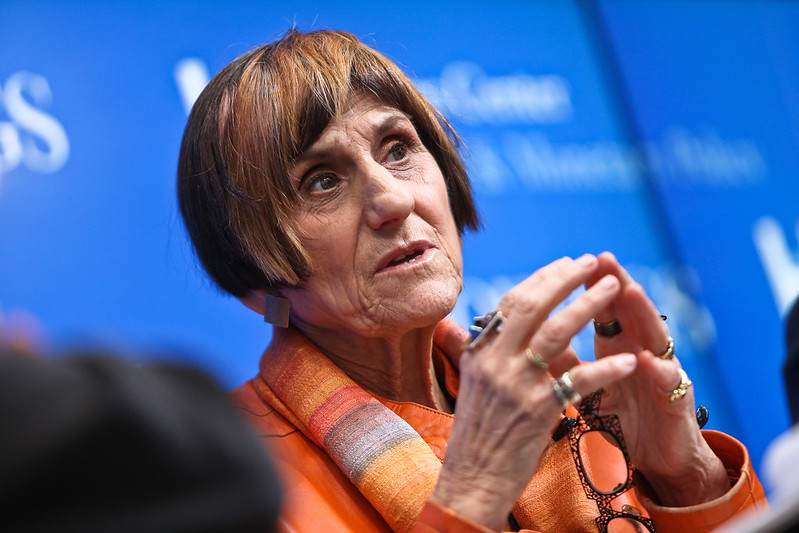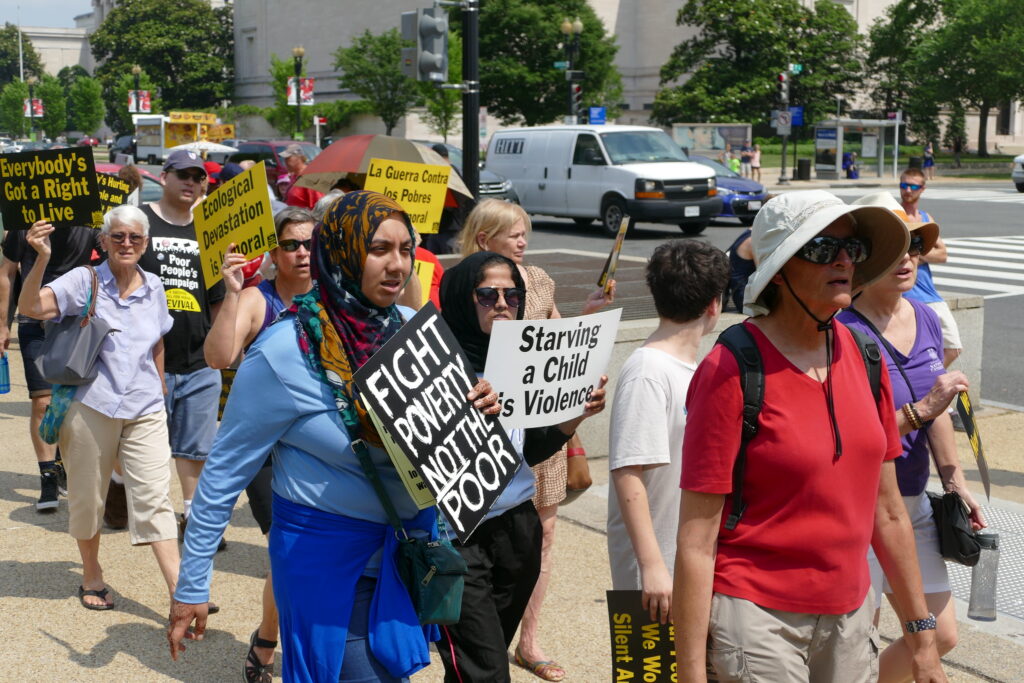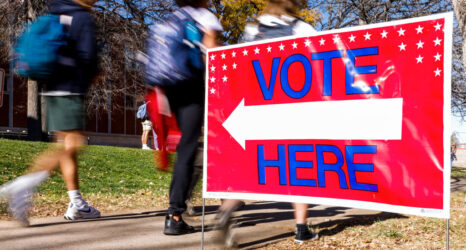The legislation, being considered by the House this week, has a number of measures that aim to incorporate racial and gender disparities as they address the coronavirus pandemic and economic struggles.

This story originally appeared on The 19th.
The House this week is considering the $1.9 trillion rescue package from the Biden administration, designed to deal with the coronavirus pandemic and related economic pain in a way that also furthers equity.
The plan deals with vaccinations and support for workers and businesses and provides a $1,400 check to most households. Many of the measures in the bill will attempt to address long-standing racial and gender disparities laid bare by the pandemic.
Here are some of the key parts of the bill:
Vaccinations
Biden has proposed a $20 billion program to create community vaccination centers and deploy mobile vaccination units to reach underserved populations, including people who are undocumented. This is to work toward the administration’s goal of 100 million shots in 100 days.
An additional $50 billion would go toward expanding testing, with funding for more rapid tests and more robust testing protocols at schools and within local governments.
Biden also hopes to nearly triple the public health work force by funding an additional 100,000 jobs, which would involve vaccine outreach and contact tracing—also critical areas, especially as experts worry that vaccine skepticism and misinformation could deter women from getting the injections.
School Reopenings
The plan allocates $130 billion to school reopenings and other policies to make reopening safer, including reducing class sizes, modifying classrooms for social distancing, providing more protective equipment, enhancing school access to nurses and providing more technological infrastructure for students to address inequalities.
Biden has also proposed $35 billion in funding for public higher education to also execute coronavirus mitigation plans, such as implementing public health protocols and distance learning plans.
Child Care
The administration wants to provide $24 billion in emergency funds to help stabilize the industry, helping day care providers pay rent, utilities and payroll, plus assistance to help fulfill coronavirus guidelines around social distancing and protective equipment. Those funds would be in addition to the $10 billion Congress allocated in December.
The bill also includes $15 billion in additional funding for the Child Care and Development Block Grant Program, which provides funding for states to subsidize child care for low-income families with children under the age of 13. The additional funds will help essential workers, low-wage workers and those who have experienced job interruptions as a result of the pandemic.
Child Tax Credit

Biden also wants to increase the child tax credit beyond the expansions that took place under the Trump administration, up to as much as $4,000 from $2,000. The plan proposes making the credit fully refundable, a longtime goal of Rep. Rosa DeLauro, so low-income families who have particularly struggled to access child care this year can get the funds quicker.
Paid Leave
The pandemic relief CARES Act that passed in March instituted a national emergency leave policy with the hope of keeping sick workers out of the workplace and limiting the spread of the virus. But many of those provisions, which aided some 80 million workers nationwide, expired at the end of last year.
Biden’s plan would reinstate and expand the paid leave policy first put forth early last year. The president is asking Congress to reenact the policy through September 30, but without the exemptions carved out in the CARES Act that omitted the requirement for employers with more than 500 employees or less than 50 employees. Instead, the proposal would offer 14 weeks of paid sick, family and medical leave, including for workers who are caring for children after a day care center closed.
Last year, about 700,000 parents—two-thirds of them working mothers—left the labor force because they needed to care for a child. The leave would be 100 percent refundable to employers with fewer than 500 employees.
Rent Relief
Biden’s plan would extend the national moratorium on evictions to the end of September. The December stimulus package passed by Congress extended the existing national moratorium on evictions to the end of this month.
And, in addition to $25 billion in the most recent package allocated for rental assistance, the Biden administration is proposing an additional $30 billion aimed at helping hard-hit workers pay rent, water and energy bills. Another $5 billion would go to finding housing for those experiencing homelessness.
Unemployment
Federal unemployment insurance of $300 a week is set to expire in mid-March; Biden wants Congress to pass an additional $400-a-week federal unemployment insurance through September.
Minimum Wage
Biden is proposing raising the minimum wage from $7.25 to $15 an hour by 2025. The minimum wage hasn’t increased since 2009. A report by the nonpartisan Congressional Budget Office found that increasing the minimum wage could raise the income of 17 million workers, but at a cost: 1.4 million workers would lose their jobs. About 900,000 people would be lifted out of poverty. Women, who make up two-thirds of the 40 lowest paid jobs in the country, would stand to benefit the most.
The proposal also includes an elimination of the federal tipped wage, which is $2.13 an hour. Women make up about 70 percent of tipped workers.
But the measure has come up against opposition from Republicans and some moderate Democrats. Biden has indicated that he’s willing to negotiate on the minimum wage, perhaps by developing a longer phase-in time so businesses can adjust.
The provision also has to pass muster with the Senate parliamentarian, which is expected to rule this week as to whether the minimum wage can remain in the bill. The scrutiny is around the Byrd rule, an obscure Senate rule that allows provisions to be exempt from the legislation if they are deemed extraneous to the budget. It applies in this case because Congress is moving the relief bill through in a process called budget reconciliation, which also allows it to pass with 51 votes in the Senate rather than the typical 60. During reconciliation, the Byrd rule applies.
Food Insecurity

The December stimulus bill increased benefits for SNAP—the Supplemental Nutrition Assistance Program—by 15 percent for six months. Experts applauded that change, which research suggests is one of the most effective ways to address hunger. But many worried it wasn’t enough, especially with the six-month drop-off.
Biden’s package would extend the SNAP increase through September 2021. The package also commits to backing a 15 percent SNAP increase—roughly $25 per person per household, each month—as long as the pandemic persists.
Beyond SNAP, Biden’s plan would put $3 billion more into the Special Supplemental Nutrition Program for Women, Infants, and Children, also known as WIC, and provide an additional $1 billion benefit to address food insecurity in Puerto Rico, American Samoa and the Northern Mariana Islands.
Addressing Gender-Based Violence
The package also includes $800 million for federal programs that protect survivors of gender-based violence. The administration is hoping to provide additional resources to curb the rise in domestic violence and sexual assault that has been exacerbated by the pandemic, creating a “shadow pandemic” for women, girls and members of the LGBTQ+ community.
Next up:





